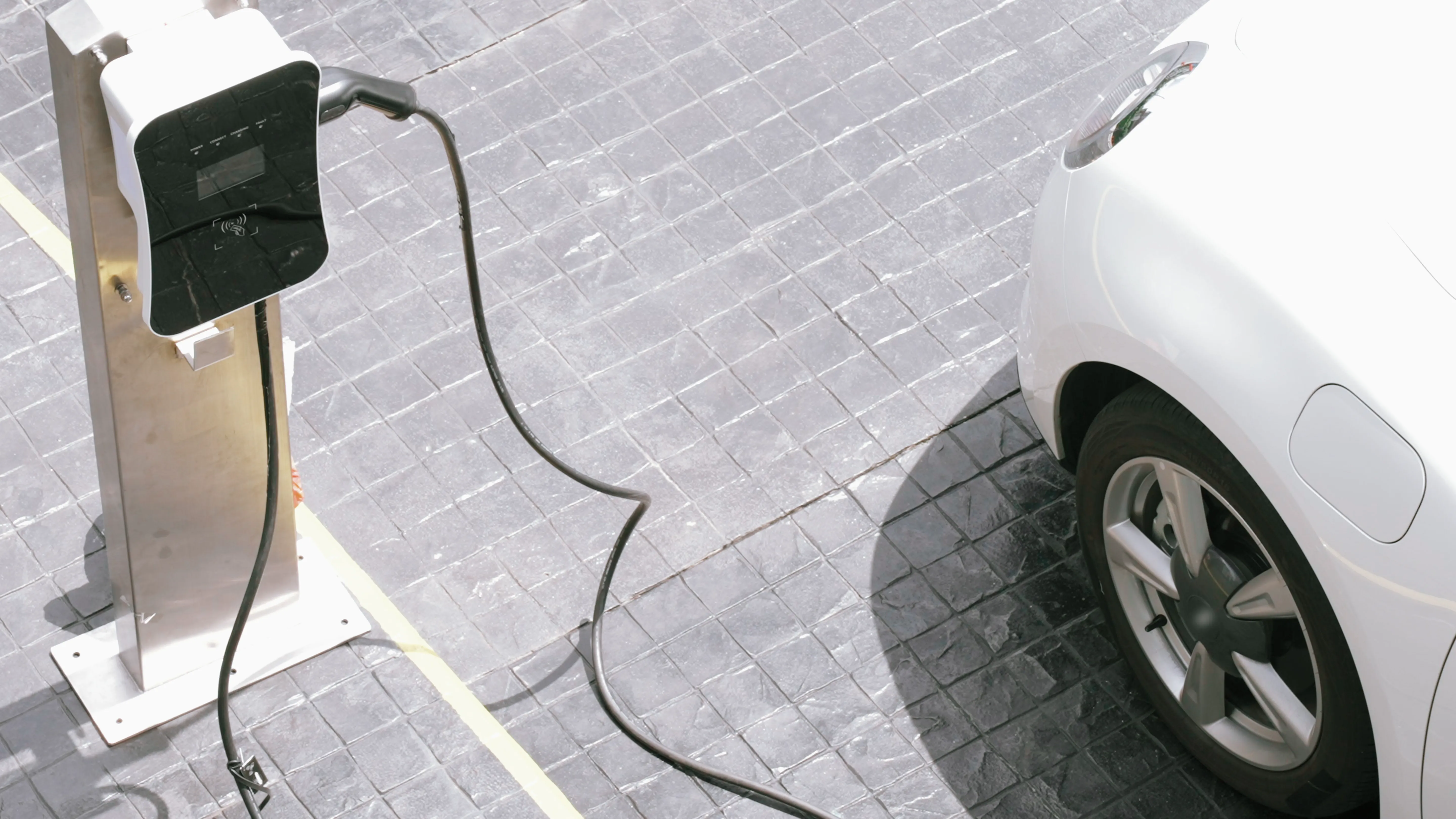Taiwan Charges Ahead in EV Station Mapping
2024/10/21 | By Andrew Hsu
The global push for achieving net-zero carbon emissions by 2050 has brought energy conservation and carbon reduction to the forefront, especially in the transportation sector. In line with this, Taiwan's Institute of Transportation (IOT), under the Ministry of Transportation and Communications (MOTC), is advancing efforts to address the growing demand for electric vehicle (EV) infrastructure. One key initiative is the promotion of the “Public Charging Pile Facilities Demand Assessment Tool,” designed to accurately predict electricity consumption across different time slots and assess regional needs for public charging stations.
As climate change accelerates and fossil fuel resources dwindle, the urgency to shift towards sustainable energy sources is clear. According to research by the Japan Automobile Research Institute, gasoline-powered vehicles consume nearly three times more energy per kilometer than electric vehicles and emit four times as much CO2. As such, the transition to electric vehicles is pivotal in the global effort to save energy and reduce carbon emissions, forming a critical component of the 2050 net-zero strategy.
In supporting the growth of EVs, the availability of accessible and efficient public charging stations is crucial to overcoming challenges like range anxiety and the inability to charge at home or work. To address these issues, IOT organized a seminar to showcase the results of their research into the “Public Charging Pile Facilities Demand Assessment Tool.” This seminar outlined the model framework for assessing public charging infrastructure needs, discussed how the model's parameters were set, and demonstrated the practical application of the tool. The tool allows for real-world examples and feedback to refine its effectiveness for future planning.
Furthermore, from 2023 to 2024, IOT has been conducting the “Electric Vehicle Public Charging Pile Facilities Demand Assessment” project. This project involves gathering data on EV and charging station trends, along with user behavior analysis for public charging stations. With this information, IOT developed the tool to estimate power consumption and public charging station needs in various regions. Planning analysts can easily select evaluation periods and adjust EV development scenarios to generate power consumption forecasts and determine the future demand for public charging infrastructure across Taiwan’s townships and counties.
The tool’s flexibility allows manual adjustments to accommodate future changes in EV growth, making it a valuable resource for long-term energy grid planning and public charging infrastructure development by agencies such as the Ministry of Economic Affairs (MOEA), Taiwan Power Company, and MOTC.




